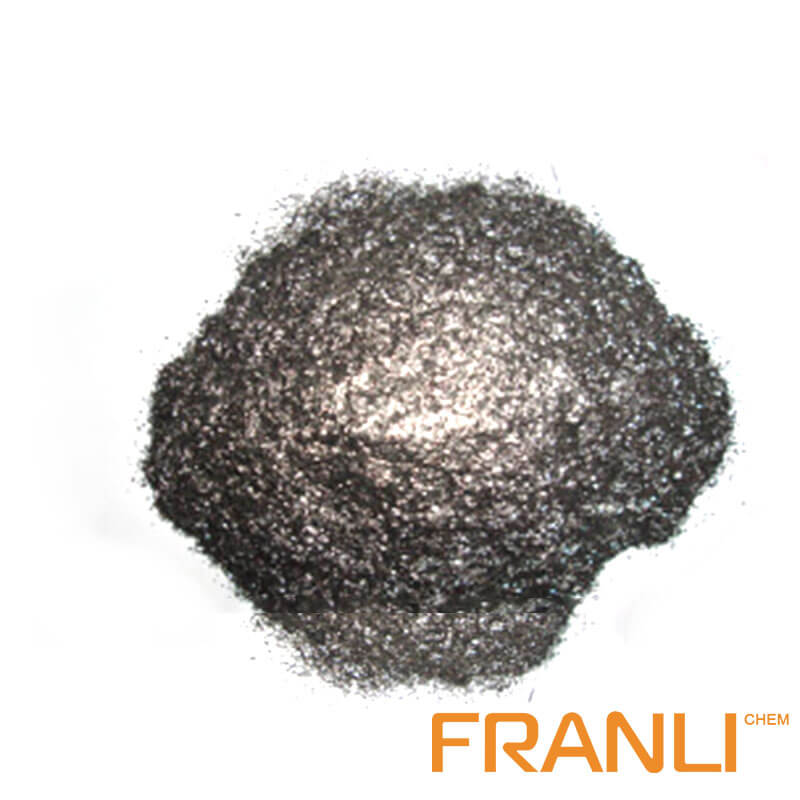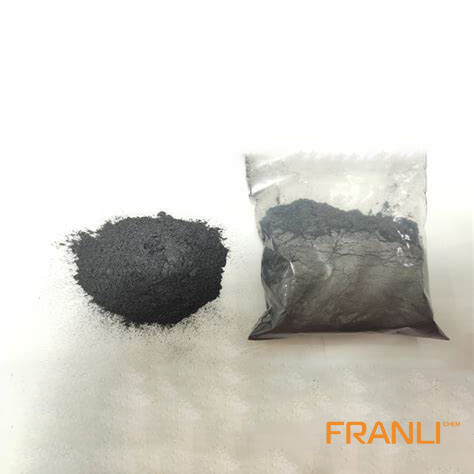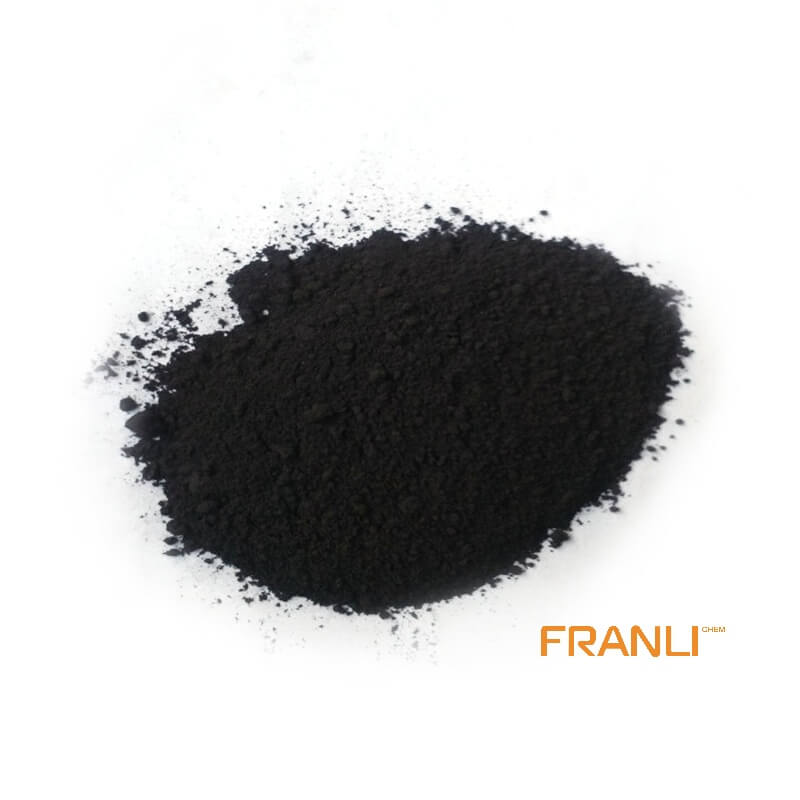


Flake Graphite
Size
0.01mm
Carbon Content
99%min
Package
25kg small bags into ton bags
Origin
China
Features
thermal shock resistance, lubricity, conductivity and plasticity…
Application
Lead battery plates positive and negative conductive agent, lithium batteries nickel hydrogen etc
Natural flake graphite has superior physical and chemical properties and is widely used in metallurgy, coatings and refractory industries. It is an important non-metallic raw material that is indispensable for today’s high-tech. Flake graphite is divided into large flake graphite and fine flake graphite according to the size of its scales. Usually, large flakes refer to +32 mesh, +50 mesh, +80 mesh, and +100 mesh flake graphite.
Request a quoteNatural flake graphite is a basic industrial raw material. Natural flake graphite powder has good corrosion resistance and conductivity, and can be used in non-metallic grounding materials. The main raw material in grounding products is mainly graphite, which cleverly utilizes the natural flake graphite powder. Stability and aging resistance.
Natural flake graphite powder, also known as crystalline graphite, is the main raw material for making high-purity graphite products. Natural flake graphite powder can withstand drastic changes in temperature without being destroyed at room temperature. Combined with conductive compounds, it can be made into conductive Good composite material.

Natural flake graphite plays a vital role
1. Natural flake graphite powder is a natural solid lubricant. Because flake graphite powder has a layered structure, flake graphite can be crushed and added to copper bushings as a self-lubricating bearing, which can be used in easy-wear parts of mechanical equipment.
2. Natural flake graphite is a carbon-rich organic matter. It is formed under the long-term action of high temperature and high pressure geological environment. It is the crystallization of nature. It has free electrons in its graphite layer, and many properties of metal are related to free electrons, so graphite also has metal properties. some similar properties.
3. The force between natural flake graphite layers is very small, and it is easy to slide between layers. Because of these structural characteristics, its strength and hardness are low, and it can play a very good role in reducing wear. It is a very good of solid lubricants.
4. Natural flaky graphite scales can be further processed to produce graphite milk, which can be used for lubricants, release agents, wire drawing agents, conductive coatings, etc., and can also produce expanded graphite, which is used as raw materials for flexible graphite products, such as flexible graphite Seals and cabinet bars, flexible graphite composite products, etc.

Application of flake graphite in sintered vehicle bearings
The natural flake graphite powder is used in the bearing of the firing car, which prolongs the service life of the equipment and is widely used. The moving speed of the firing car is very low, the rolling body is a long roller, its pressure is small, and it is easy to form a rolling dry film. The large radial gap is very suitable for the particle range of flake graphite powder.
In order to make the graphite powder easy to load into the bearing box, adjust the powder with water to a consistency similar to that of grease and apply it on the rolling elements. The water-adjusted powder will not rust the bearing box, rolling element axle and other parts.
Natural flake graphite powder splash lubrication is to directly put the solid powder lubricant in the sealed box that needs to be lubricated, and the powder will fly up when the rotating parts are used, and then fall on the friction surface you choose to be lubricated, so as to obtain the lubricating effect.
The natural flake graphite powder is added to the bearing box, forming a solid film during the rolling process, and the solid powder has a certain adhesion to the friction metal surface, and the shear strength is small, and it will be brought to various parts of the bearing box during rotation. , so as to achieve the effect of lubrication.



